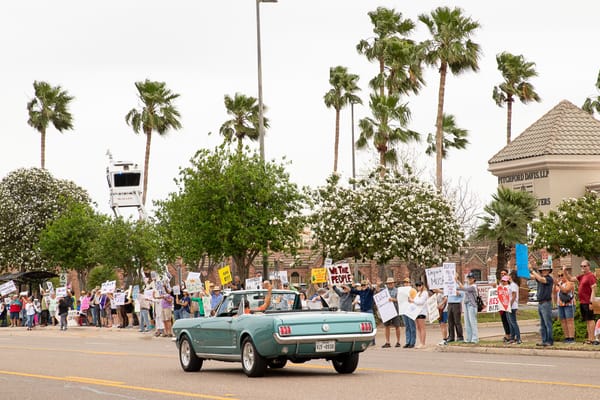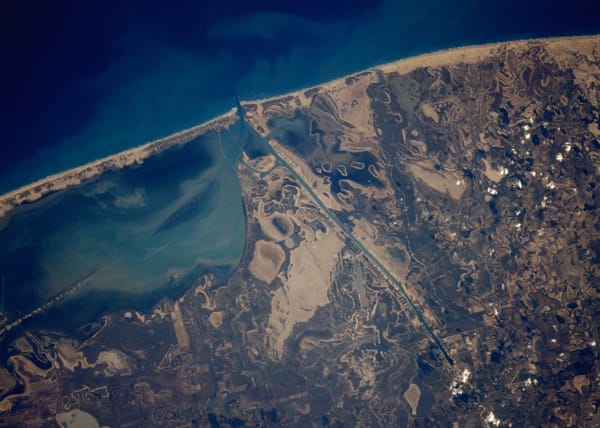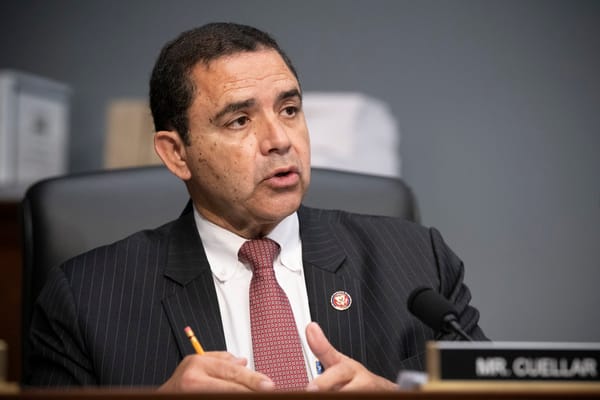"Disappearing before our eyes": Conservation group says the Rio Grande is endangered
American Rivers said that the Rio Grande is "one of the least-funded and most overlooked major river basins in the United States."

Get insightful, independent journalism from the Rio Grande Valley — in your inbox.
Experts are calling for federal help to address the water shortage in the Rio Grande watershed. Flows have gone down by 30% over the last few decades and today just one-fifth of the river's water ever reaches the Gulf of Mexico.
“We need funding for water security, conservation, and dam repairs — and we need it now," said Martin Castro, director of watershed science at the Rio Grande International Study Center (RGISC), an environmental advocacy group based in Laredo.
American Rivers, a Washington, D.C.-based national conservation organization, has named the lower Rio Grande as the fifth most endangered river in the country in 2025.
“A river that sustains richly diverse communities, an invaluable agricultural economy and important wildlife habitat is disappearing before our eyes,” said Matt Rice, Southwest regional director for American Rivers.
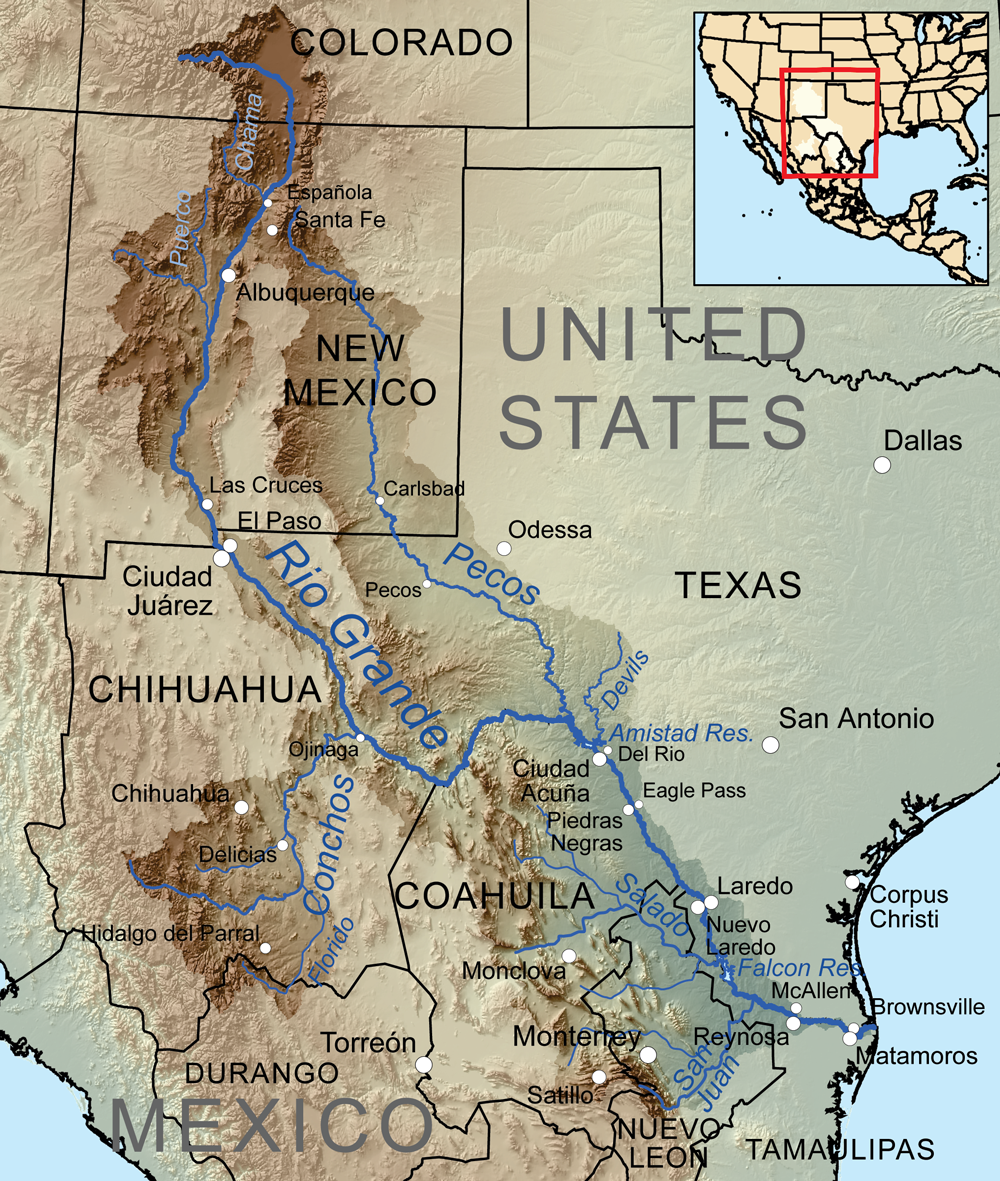
What is considered the "lower" part of the Rio Grande begins in Del Rio. The nearby Amistad Reservoir, along with the Falcon Reservoir about 200 miles downstream near Zapata, supply the entire Rio Grande Valley and North Tamaulipas region with water.
The Prosperity Task Force, a poverty-reduction initiative from the county of Hidalgo, recently estimated a population of almost 2.9 million people across the binational region.
In November, the Federal Reserve Bank of Dallas said in its last quarterly report that the Rio Grande Valley is one of the fastest-growing regions in the country, outpacing Texas itself.
Pia Orrenius, vice president and senior economist at the Dallas Fed, said in that report that they are continuing to track "the challenges that come with such rapid growth, such as housing affordability and water availability."
John Beckham, managing director of the North American Development Bank, said that growth is coming to a head with one of the worst droughts on record.
"The economic, commercial, population and cultural growth along the river, coupled with the ongoing drought in the watershed, is placing unprecedented strain on the primary water source for South Texas border communities,” said Beckham.

A group that includes U.S. Senators Ted Cruz and John Cornyn, along with Congresswoman Monica De La Cruz, began a campaign last year to pressure Mexico to release water into the Rio Grande that it legally owes the U.S. under a 1944 water treaty.
The treaty allows Mexico to trade water from Chihuahua to the Rio Grande in exchange for U.S. water from the Colorado River to the Mexicali Valley. Mexico is now several years behind on water payments. However, the Conchos river in Chihuahua from where it would release water into the Rio Grande is in the same drought-stricken region that needs the water on the U.S. side.
Experts have expressed doubt that Mexico has the water to pay its debt. Last year, Bobby Janecka, commissioner for Texas Commission on Environmental Quality (TCEQ), wrote to the International Boundary and Water Commission (IBWC) that it was “hydrologically impossible for Mexico to meet its treaty obligations.”
In an investigation, A Mexican source close to the dispute told Reuters that “the expectations of the U.S. should be grounded in reality. We cannot deliver water that does not exist."
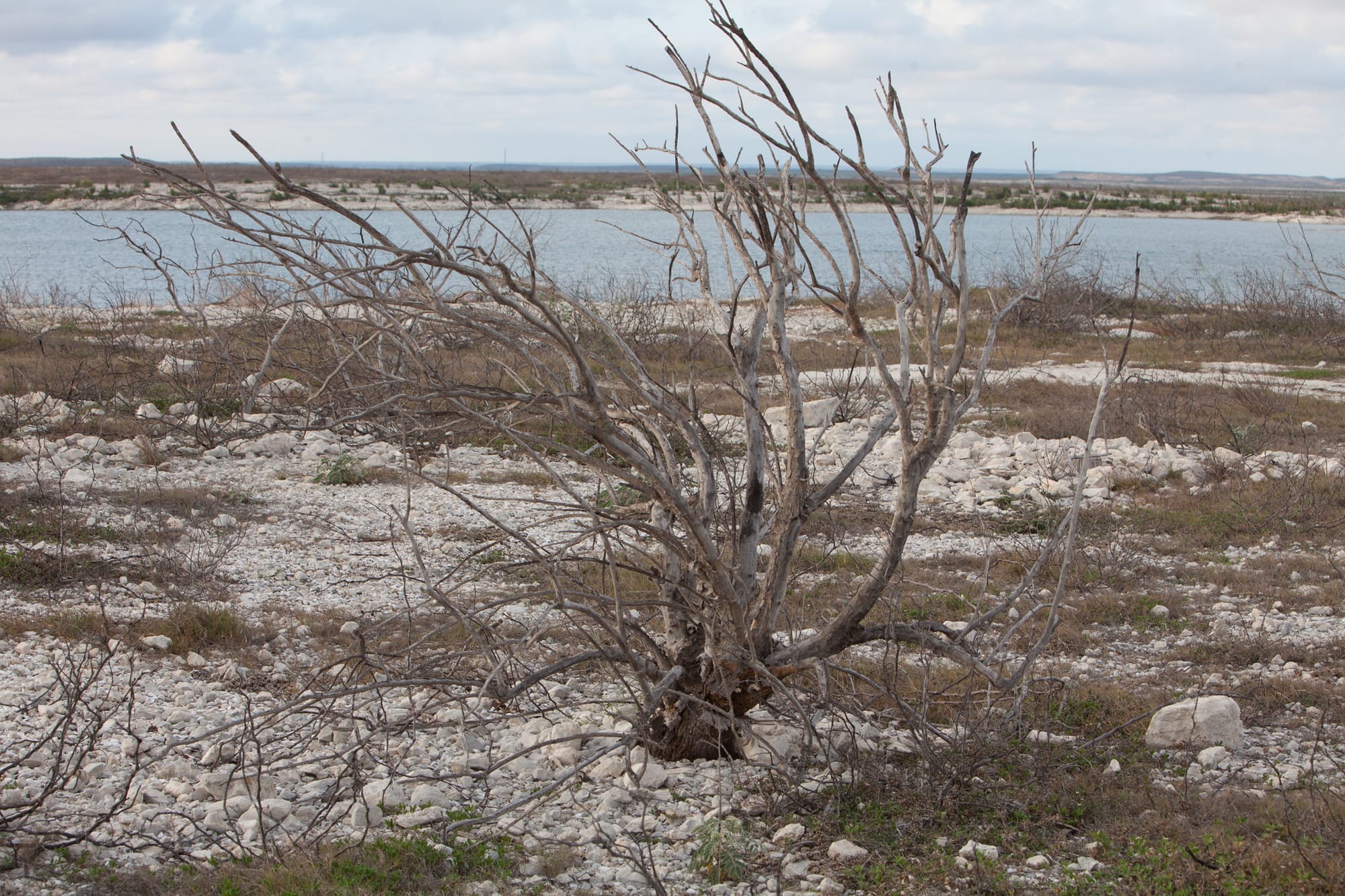
Last week, officials in Tamaulipas were distraught to learn they may end up making water payments instead of Chihuahua, while still recovering after major agricultural losses during previous seasons in sorghum, corn and cotton. Farmers in the Rio Grande Valley have suffered major losses as well, including the shuttering of the sugarcane industry in the region.
Mexico said it may release 10 cubic meters of water per second for the next six months from the Marte R. Gómez Reservoir near Camargo, Tamaulipas across the border from Rio Grande City.
A 2022 white paper prepared by Robb Water Partners for IBWC that studied the treaty problem actually found that there is a need for infrastructure in order to make the most of the water there is and to create more dependable water deliveries from Mexico.
For example, 70 percent of the water that runs from Falcon Reservoir to provide for the municipality of Matamoros evaporates into the air before it gets there. An aqueduct would prevent this. The Robb Water Partners white paper said a 2008 estimated cost for the project was $295 million.
American Rivers and RGISC are calling on Texas lawmakers to facilitate federal appropriations for a binational environmental working group and critical repairs to Amistad Dam. RGISC is lobbying the state legislature for funding reforms that would create more equitable water infrastructure investments for historically marginalized communities like the Rio Grande Valley.
American Rivers said that the Rio Grande is "one of the least-funded and most overlooked major river basins in the United States."
“We have a chance to shift the narrative and secure the future of this river,” said Tricia Cortez, executive director of RGISC. “It’s time to invest in our communities and in a thriving Rio Grande for generations to come.”
About Across the Americas
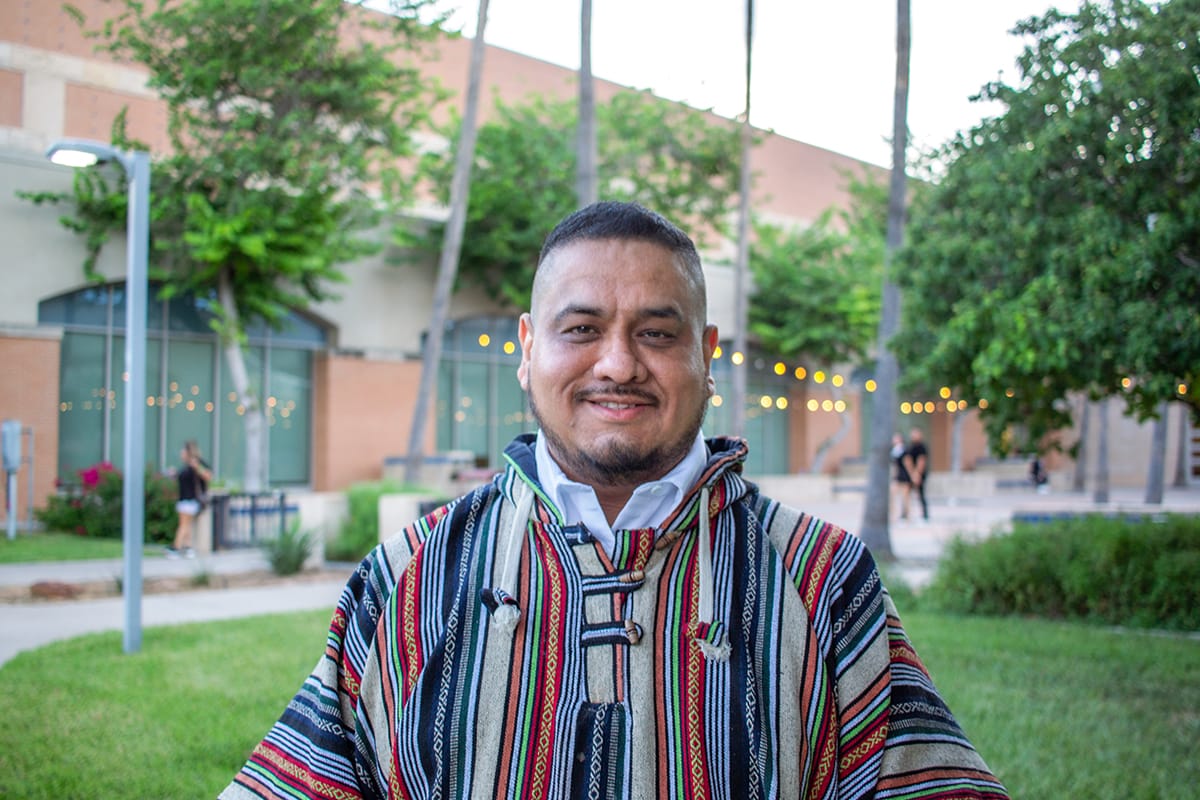
Across The Americas is the newsletter of insightful and independent journalism from the Rio Grande Valley.
Join three-time award-winning journalist Pablo De La Rosa as he reports from the Texas-Mexico border, where he was born and raised. He covers stories from the Rio Grande Valley and North Tamaulipas, focusing on the people and communities who call the region home.
Pablo's voice has appeared on NPR, MSNBC, Texas Public Radio, The Border Chronicle, and Lighthouse Reports documentaries. In 2022, Pablo helped launch and host the first daily Spanish-language newscast in public media for Texas, broadcasting from the Rio Grande Valley for San Antonio’s NPR station.
Sign up to receive community stories from every corner of regional life — told through the lens of the national, binational and global forces shaping the borderlands.
Follow us on Facebook.



